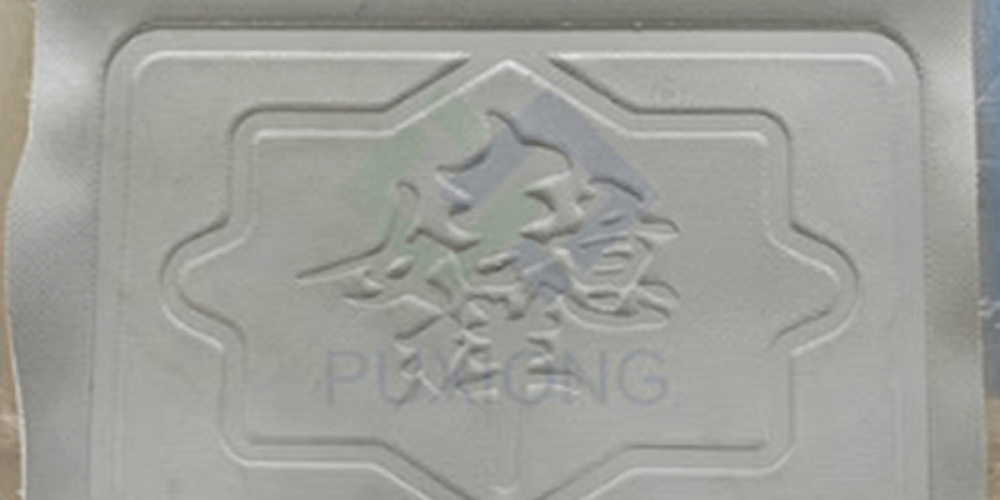
I. Material Factors
1. Fiber Type
Embossed carpets are made from various materials, including nylon, polyester, polypropylene, and wool fibers. Different fiber types exhibit distinct characteristics such as wear resistance, fade resistance, flame retardancy, stain resistance, and elasticity. For example, nylon fibers are renowned for their exceptional wear resistance, fade resistance, and flame retardancy, making them ideal for high-end residential and commercial spaces. Wool fibers, on the other hand, are favored for their durability, natural texture, and long-lasting vibrant colors.
2. Fiber Quality
The quality of fibers directly impacts the carpet’s durability and overall performance. High-quality fibers typically offer superior wear resistance, stain resistance, and fade resistance, extending the carpet’s lifespan and maintaining its appearance over time.
II. Manufacturing Process Factors
1. Heat Embossing Technology
Embossed carpets are produced using heat embossing technology, which applies heat and pressure to create controlled raised and recessed patterns on the surface. Precise temperature and pressure control during this process are critical to achieving the desired embossing effect and ensuring durability.
2. Post-Processing Techniques
Post-processing steps, such as setting, cutting, and stitching, significantly influence the carpet’s final quality and aesthetics. Refined post-processing ensures smoothness, visual appeal, and enhanced durability.
III. Design Factors
1. Patterns and Colors
The patterns and colors of embossed carpets should align with the overall style of the residential or commercial space. Well-chosen designs and hues can create a harmonious and unified interior environment, elevating the decorative impact.
2. Styles and Dimensions
The carpet’s style and size are also crucial to its functionality. Minimalist, modern interiors pair well with simple and sleek carpet designs, while classical or European-style spaces benefit from ornate patterns. Dimensions should be selected based on the area of use and furniture size to ensure full coverage without obstructing furniture placement.